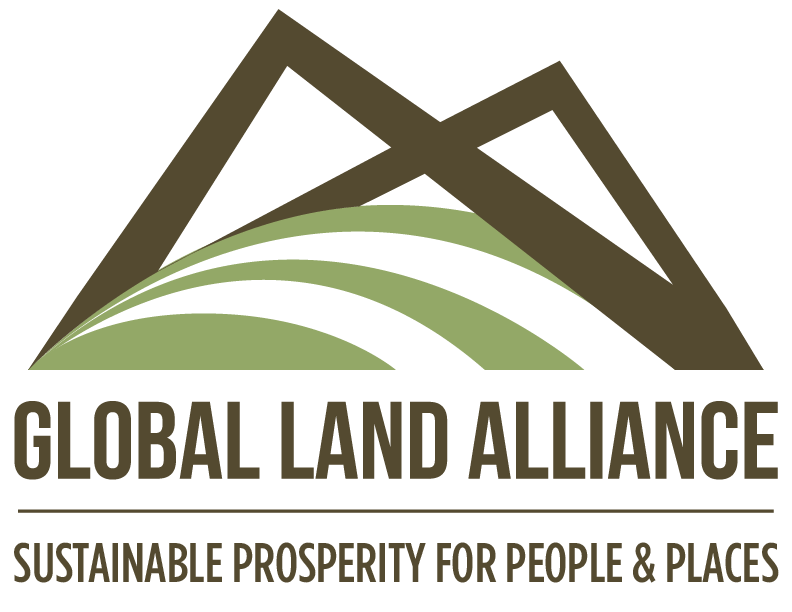Women's Land Rights: An Emerging Focus
(BY DR. JANININA MERA)
“There is no such thing as a single-issue struggle because we do not live single-issue lives” —Audre Lord.
The theme of this year’s Association for Women´s Rights in Development Forum was the inter-sectoral nature of the women´s rights movement. Women´s rights encompass identity rights, social rights, political rights, and economic rights. Each element is intrinsically intertwined with the others and improvements in one sector produce effects in many others. Building collective power for rights and justice calls for linking together all these areas to create solidarity and the critical mass necessary to drive change.
Land rights and and gender discrimination overlap in many ways which require working within these intersections. In many parts of the world a woman´s access to land is still predicated on her relationship to men. A woman´s land is first held by her father, then her husband or brothers, and finally by her sons. The construction of relationships and rights between a woman and these men is critical to the woman’s well-being and opportunities throughout the lifespan.
When a woman has her rights to land guaranteed, whether through a title or otherwise, research shows that there are a series of profound changes that are directly related. These changes intersect with many of the traditional focal areas of the women´s rights movement such as the reduction of domestic violence, increasing food security, and increasing access to healthcare and education for the woman her family. In short, strengthening women´s land rights strengthen women´s ability to stand up for other rights.
Although still representing a small fraction of the presentations, several powerful panels at this year’s AWID focused on the threats and opportunities to women’s land rights, locating land and property rights in the front rank of the global women’s agenda.
The right of women to shelter was represented in a case study of the Ponte do Maduro settlement in Pernambuco Brazil, presented by Patricia Chavez of Brazilian NGO Espaço Feminista. The presentation focused on the regularization process of an urban human settlement in danger of dispossession due to real estate pressures. Espaço Feminista, with the support of the Huairou Commission and the Global Land Tools Network (GLTN), designed a pilot project to test the GLTN Gender Evaluation Criteria within a social mobilization to regularize the settlement and protect women’s right to their homes. The presentation focused on the process and capacity building as much as on the outcome. The women, and men, in the community received their titles and much more in terms of organization and mobilization to engage with economic development of the community, municipal services and politics. The organization that coalesced around securing their land rights is presently in the process of establishing a textile cooperative.
Another impactful panel, Gender and land grabbing in a GDP World II, focused on the gendered dimension of large-scale land acquisitions in the developing world. The panel, led by Dr. Ritu Verma, focused on the past 20 years of land grabs, including intra-familial micro-land grabs. These were presented as the effects of the commodification of land on communities in Malawi, Nepal, and the Philippines. Several of these land deals involved large international corporations such as Dole and Del Monte in the Philippines. Others were linked to infrastructure development such as irrigation programs such as the Greenbelt Initiative in Malawi, and real estate speculation in Nepal. The disproportionate impact of land grabs on women through displacement of homes and livelihoods was also highlighted. The impacts are stronger on women as in many rural areas the men have migrated to nearby cities to look for employment. The women, children and elderly work the fields for subsistence.
A third panel convened by the global land NGO Landesa presented four experiences from around the world involving the provision of legal protection and assistance for women’s land rights. The topics varied from alternative dispute resolution in Northern Uganda, to the transformation of the Mahadalit women to collective farmers, the difficulty of protecting rural women in Kenya when even the legal aid defenders are vulnerable to violence. In each case, existing legal structures and enforcement mechanisms require major strengthening and awareness-building around women’s land rights. There is a long way to go to achieve safety and equality.
The presentation also featured the work Espaço Feminista, in collaboration with Landesa and Land Alliance, has been developing in Pernambuco, Brazil to monitor progress in women’s land rights. The concept is to create regionally relevant indicators to track the the Sustainable Development Goals dealing with land and women’s rights (goals 1, 2, 5 and 11). The monitoring and evaluation framework is geared toward advocacy and holding municipal governments accountable to deliver land governance services to all groups.
Given the myriad of ways land can be transformative for women’s wellbeing, the theme is still fairly under-recognized at forums such as AWID, and by the broader women´s rights movement. The focus on the intersection of gender and land rights has come from the land rights institutions and community of practice, but women´s rights institutions, women’s movements or civil organizations have been relatively slow to recognize women’s land rights as an essential part of the women’s movement. The more land rights become part of the conversations had by organizations focusing on domestic violence or improving access to education for women for example, the more holistic of an approach we can take to addressing the structural problems under girding the social manifestations of discrimination.
The increasing presence of land panels at events such as AWID is a good start in this direction.
1. With the notable exception of the UN women report, Realizing Women´s Rights to Land and Other Productive Resources.

